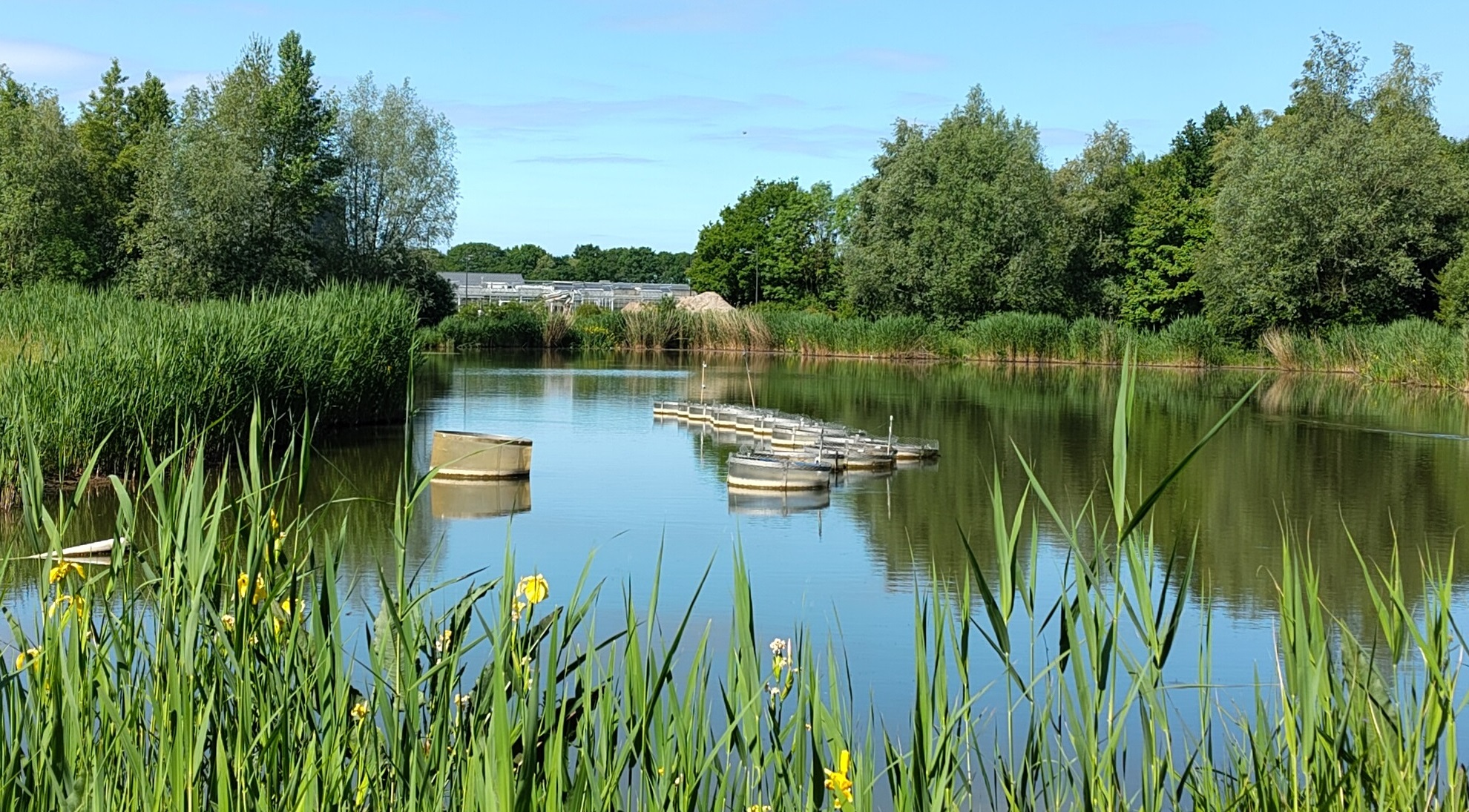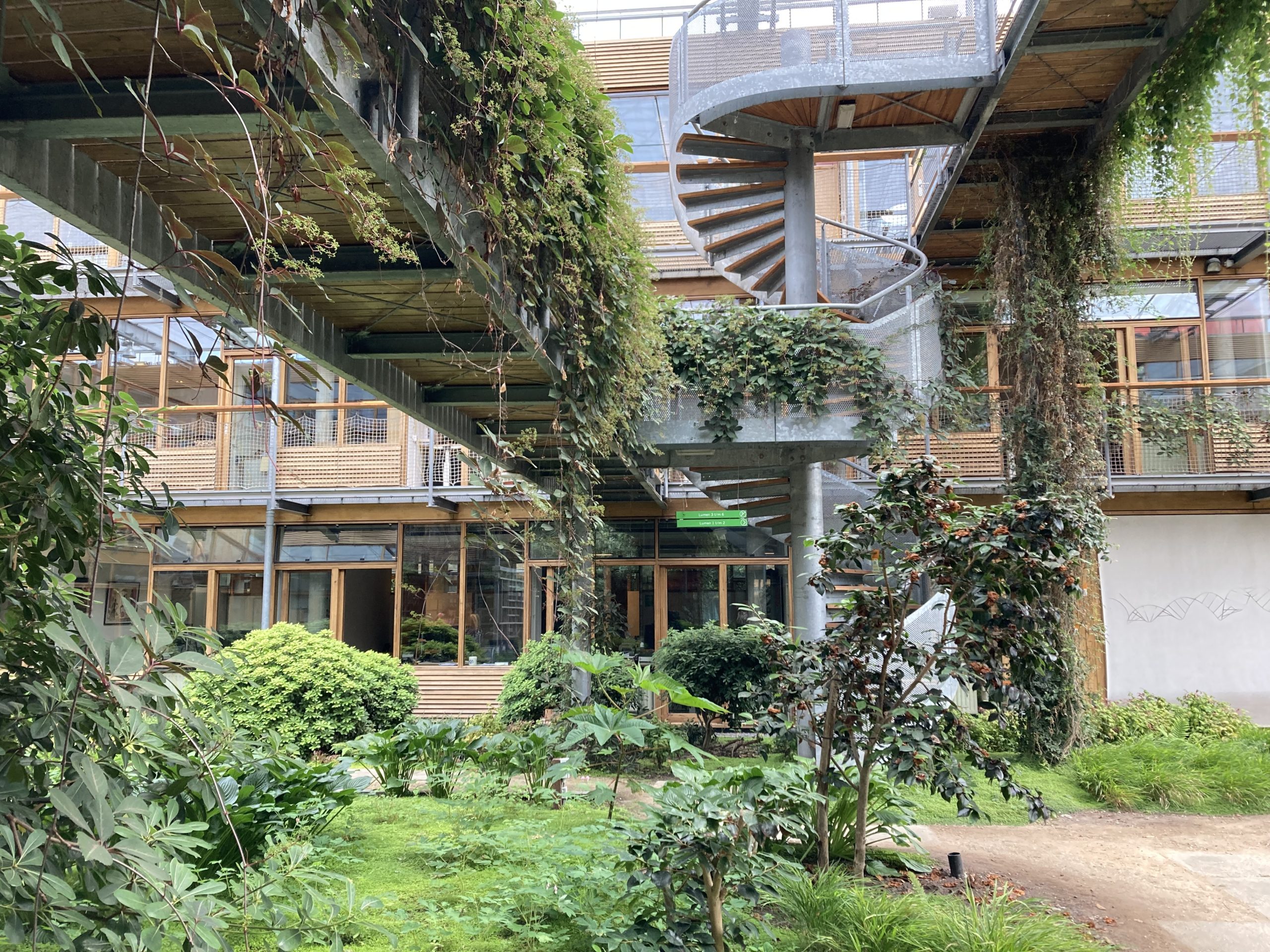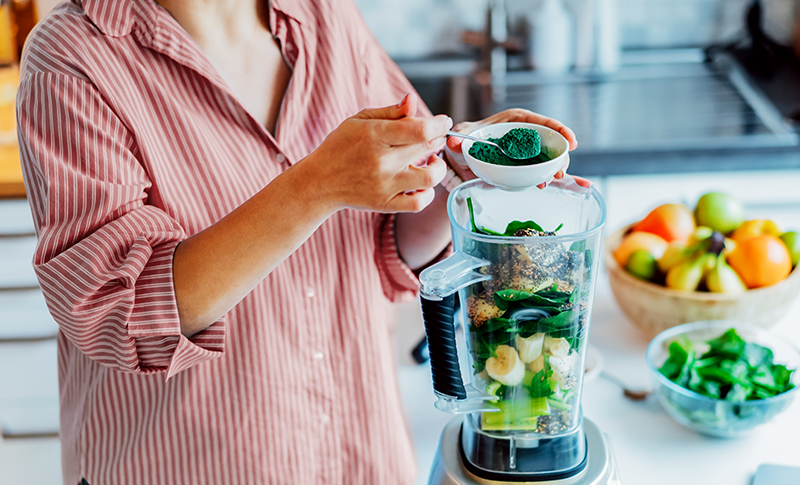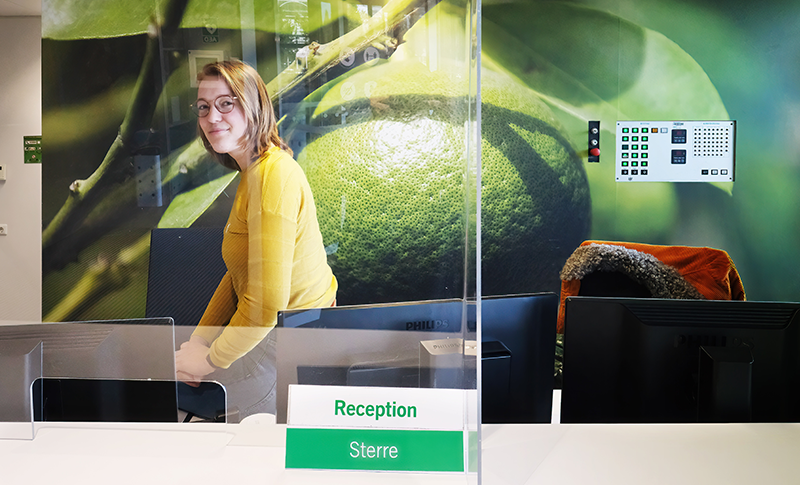Blue-green algae expert Miquel Lürling has been working on how to combat these cyanobacteria for decades. But he had never done so this close to home, in the Lumen pond a stone’s throw from his lab. Various products based on lanthanum are being tried out to see if they inhibit the algal bloom. The ultimate aim is to have cleaner water and a wide variety of water plants.
About 20 circular containers can be seen in the pond sticking out above the water’s surface. In fact, they are open cylinders, the bottom of which has been pushed 10 to 15 centimetres into the pond bed. ‘That allows interactions with the soil at the bottom but the water column above is closed off from the rest of the pond,’ explains Lürling, ‘so there are no fish in the cylinders.’
Underwater pigs
That is important for the test because fish are a disruptive presence. Especially the carp that swim in the pond. ‘Underwater pigs’ is what Lürling calls the carp. ‘They are constantly rooting around in the pond bed, which is why the pond is so cloudy. It’s an underwater desert. Given this is a nature-friendly garden, we really want a pond with a lot of water plants, but so far we haven’t been that successful. Plants don’t get a chance.’
We now want to know whether these new products really are as effective as the lab tests say
The pond contains carp because they were released in the pond illegally years ago by anglers. They were removed from the pond in 2018, but clearly some got left behind. Lürling: ‘In addition, the pond accumulates a lot of nutrients over time such as phosphates, which enter the pond via drainage water, rain or bird droppings. That creates a layer of mud on the pond bed that is churned up by the fish.’
Lanthanum
Plants might not be able to cope with these conditions, but cyanobacteria thrive. The products Lürling is trying out to stop the algae are based on lanthanum. This element binds phosphate and doesn’t release it, even if the acidity of the water changes. Over the past 20 years, Lürling has acquired a lot of experience with lanthanum products. ‘We know how they work. We now want to know whether these new products are really as effective as the lab tests say.’
It’s great to have something like that so close to the lab
Incidentally, the algae-friendly environment in the pond has also led to something useful: the blue-green alga Woronichinia naegeliana, which has bloomed in the pond in recent years. ‘We discovered it grows on ammonium, which is often released when something rots under water, but not on nitrate. That gave us the idea of using the species as an indicator. It’s great to have something like that so close to the lab.’
Regardless of this, the pond still needs a clean-up. Lürling: ‘Hopefully the trial will produce something that genuinely helps the pond.’ The cylinders were installed back in the winter and will stay in place for the rest of the summer.

 Photo Roelof Kleis
Photo Roelof Kleis 

